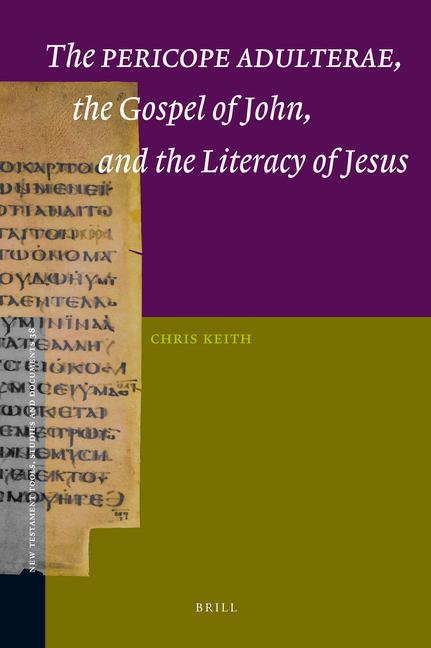
Zustellung: Mo, 04.08. - Sa, 09.08.
Versand in 3-4 Wochen
VersandkostenfreiBestellen & in Filiale abholen:
Although consistently overlooked or dismissed, John 8.6, 8 in the "Pericope Adulterae" is the only place in canonical or non-canonical Jesus tradition that portrays Jesus as writing. After establishing that John 8.6, 8 is indeed a claim that Jesus could write, this book offers a new interpretation and transmission history of the "Pericope Adulterae." Not only did the pericope s interpolator place the story in John s Gospel in order to highlight the claim that Jesus could write, but he did so at John 7.53 8.11 as a result of carefully reading the Johannine narrative. The final chapter of the book proposes a plausible socio-historical context for the insertion of the story.
Inhaltsverzeichnis
Table of Contents Foreword (Helen K. Bond)
Preface Abbreviations
Introduction: The Most Popular Story in the Gospels Chapter One: A History of Research on John 8.6, 8 Chapter Two: Speaking of Writing: kappaalphataualphagammarho phiomega and gammarho phiomega in Hellenistic, Jewish, and New Testament Contexts Chapter Three: Writing and Gradations of Literacy Chapter Four: Scribal Literacy in the New Testament World: The Scribes (and Pharisees) as Text-Brokers Chapter Five: The Pericope Adulterae at John 7.53-8.11: The Location Chapter Six: The Pericope Adulterae at John 7.53-8.11: The Preceding Context of John 7
Chapter Seven: The Pericope Adulterae at John 7.53-8.11: The Narrative Chapter Eight: The Pericope Adulterae at John 7.53-8.11: The (Divine) Grapho-Literacy of Jesus
Chapter Nine: The Historical Context for the Insertion of the Pericope Adulterae into the Gospel of John: A Proposal Conclusion: The Pericope Adulterae in the Early Church Bibliography
Preface Abbreviations
Introduction: The Most Popular Story in the Gospels Chapter One: A History of Research on John 8.6, 8 Chapter Two: Speaking of Writing: kappaalphataualphagammarho phiomega and gammarho phiomega in Hellenistic, Jewish, and New Testament Contexts Chapter Three: Writing and Gradations of Literacy Chapter Four: Scribal Literacy in the New Testament World: The Scribes (and Pharisees) as Text-Brokers Chapter Five: The Pericope Adulterae at John 7.53-8.11: The Location Chapter Six: The Pericope Adulterae at John 7.53-8.11: The Preceding Context of John 7
Chapter Seven: The Pericope Adulterae at John 7.53-8.11: The Narrative Chapter Eight: The Pericope Adulterae at John 7.53-8.11: The (Divine) Grapho-Literacy of Jesus
Chapter Nine: The Historical Context for the Insertion of the Pericope Adulterae into the Gospel of John: A Proposal Conclusion: The Pericope Adulterae in the Early Church Bibliography
Produktdetails
Erscheinungsdatum
07. April 2009
Sprache
englisch
Seitenanzahl
336
Autor/Autorin
Chris Keith
Verlag/Hersteller
Produktart
gebunden
Gewicht
686 g
ISBN
9789004173941
Bewertungen
0 Bewertungen
Es wurden noch keine Bewertungen abgegeben. Schreiben Sie die erste Bewertung zu "The Pericope Adulterae, the Gospel of John, and the Literacy of Jesus" und helfen Sie damit anderen bei der Kaufentscheidung.









